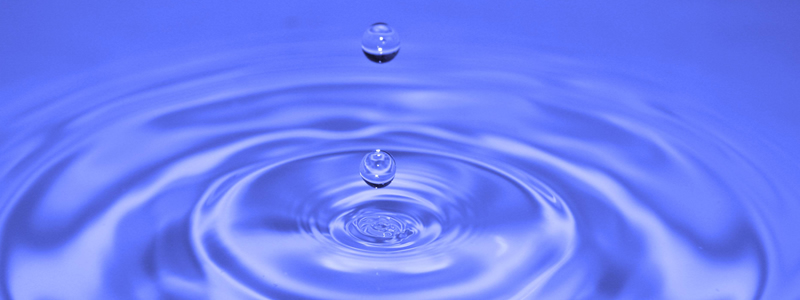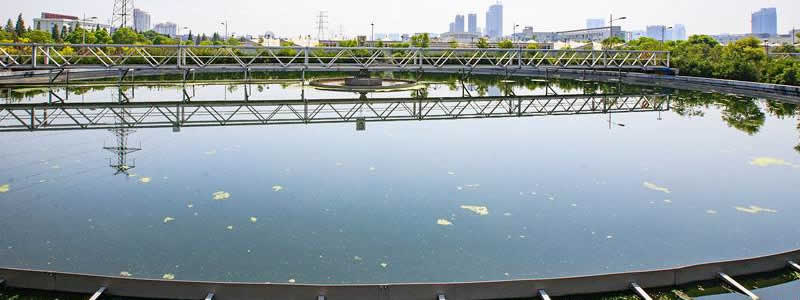
Polyelectrolytes-PolyDADMACs-PAAs-SAP-superabsorbent polymer
POLYELECTROLYTES
Polyelectrolytes are polymers with dissociating groups in their repeat units. They can be divided into polycations and polyanions and polysalts. Like ordinary electrolytes (acids, bases and salts), they dissociate in aqueous solutions (water) and bear one or more charges depending on the pH value. Thus, the properties of polyelectrolytes are similar to both electrolytes and polymers. The salts, i.e. the products of a polyacids (polyanions) with a monomeric base and vice versa are called polysalts. Like regular salts, their solutions are electrically conductive and like polymers, their viscosity strongly depends on the molecular weight and polymer concentration.
The three most common anionic groups are carboxylate (–COO-), phosphonate (–PO3H-, –PO32-), and sulfonate (–SO3-) and the most common cationic groups are primary, secondary and quaternary ammonium (–NH3+, =NH2+ & ≡N+). The type of ionic group, its counter ion and the structure of the repeat unit determine the properties of a polyelectrolyte such as solubility in water and other polar and hydrogen-bonding liquids (alcohols etc.), electrical conductivity, and solution viscosity. Unlike nonionic polymers, these properties strongly depend on the pH and salt content.
Polyelectrolytes can be chemically crosslinked by incorporating a small amount of a suitable crosslinking agent. These polyelectrolytes form three-dimensional structures that swell in water rather than dissolving in it. They can retain (extremely) large amounts of liquid relative to their own mass through hydrogen bonding with water molecules. They are called hydrogels or superabsorbent polymers (SAP’s) when (slightly) cross-linked. Their ability to absorb water is a factor of the ionic concentration of the aqueous solution. In deionized and distilled water, SAPs may absorb water up to 500 times their own weight and from 30 to 60 times their own volume, that is, a hydrogel can consist of more than 99% liquid. The total absorbency and swelling capacity of SAP’s is controlled by the type and amount of crosslinks in the structure.
Both natural and synthetic polyelectrolytes are manufactured on a large scale. Common natural polyelectrolytes are pectin (polygalacturonic acid), alginate (alginic acid), carboxymethyl cellulose and polypeptides. Examples of common synthetic polyelectrolytes are polyacrylic acid, polystyrene sulfonate, polyallylamine, carboxymethyl cellulose and their salts.
Some other polyelectrolytes contain charged groups in the main chain as opposed to charged side groups. This class of polyelectrolytes is commonly known as polyionenes. The most common charged group in the backbone is quaternary ammonium. These ionic polyamines are typically synthesized through a Menshutkin reaction of ditertiary amines and alkyl dihalides.
A large number of dihalides and ditertiary amines are commercially available which permits the synthesis of a large number of well-defined polyionenes from relative cheap starting materials and a relative simple synthesis route. Both the ionic spacing on the polymer backbone, i.e. the charge density, and the molecular weight can be easily adjusted. In addition, many other functional groups can be easily incorporated, which allows for crosslinking and tailoring the physical and mechanical properties.
Keywords: PolyDADMACs, PAAs, SAP, superabsorbent polymer
For more information or Inquiry, please don't hesitate to contact us:TIAN@CHEM.NET
 Previous
Previous  Next
Next Get answers and advice from people you want it from.